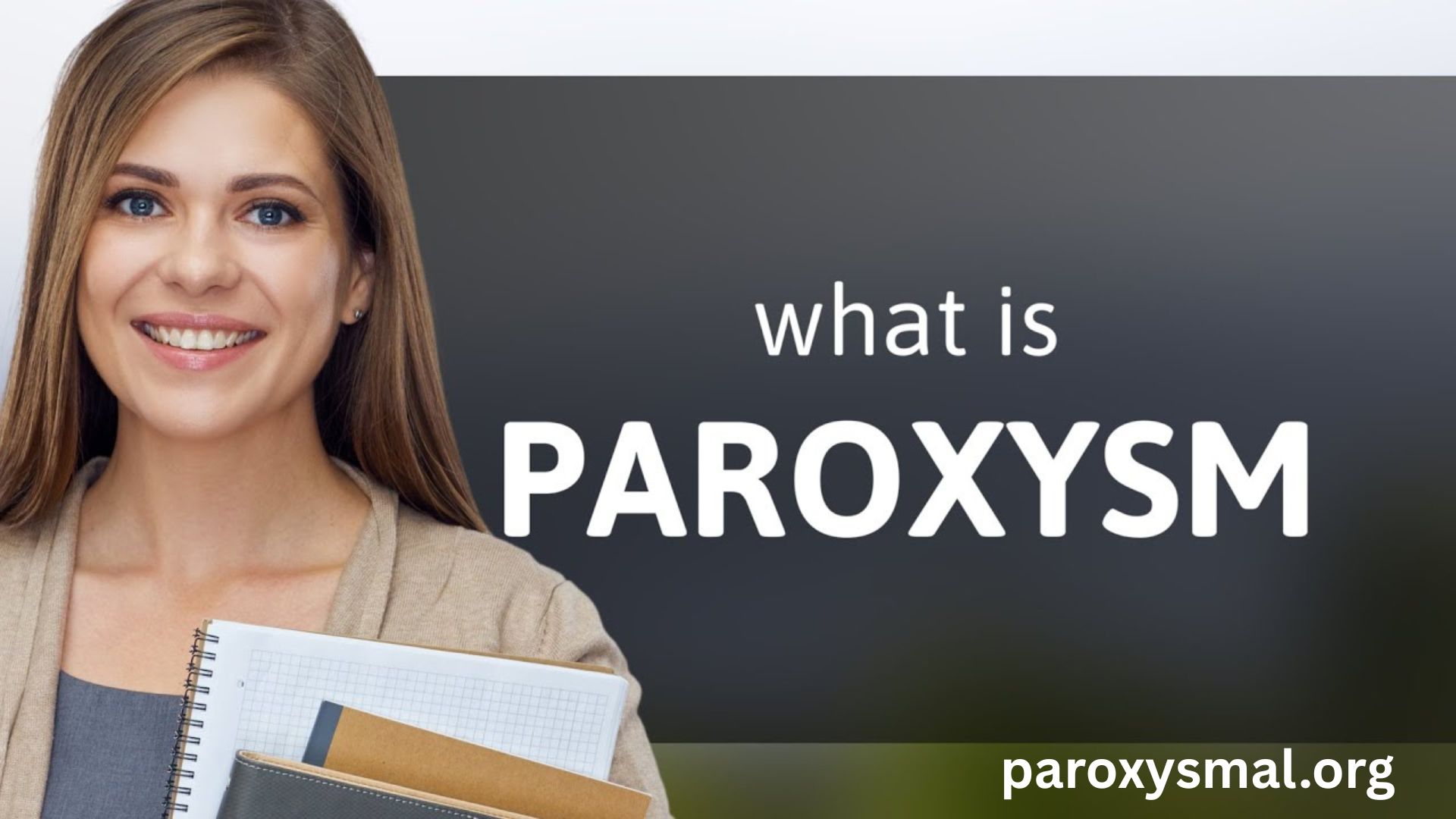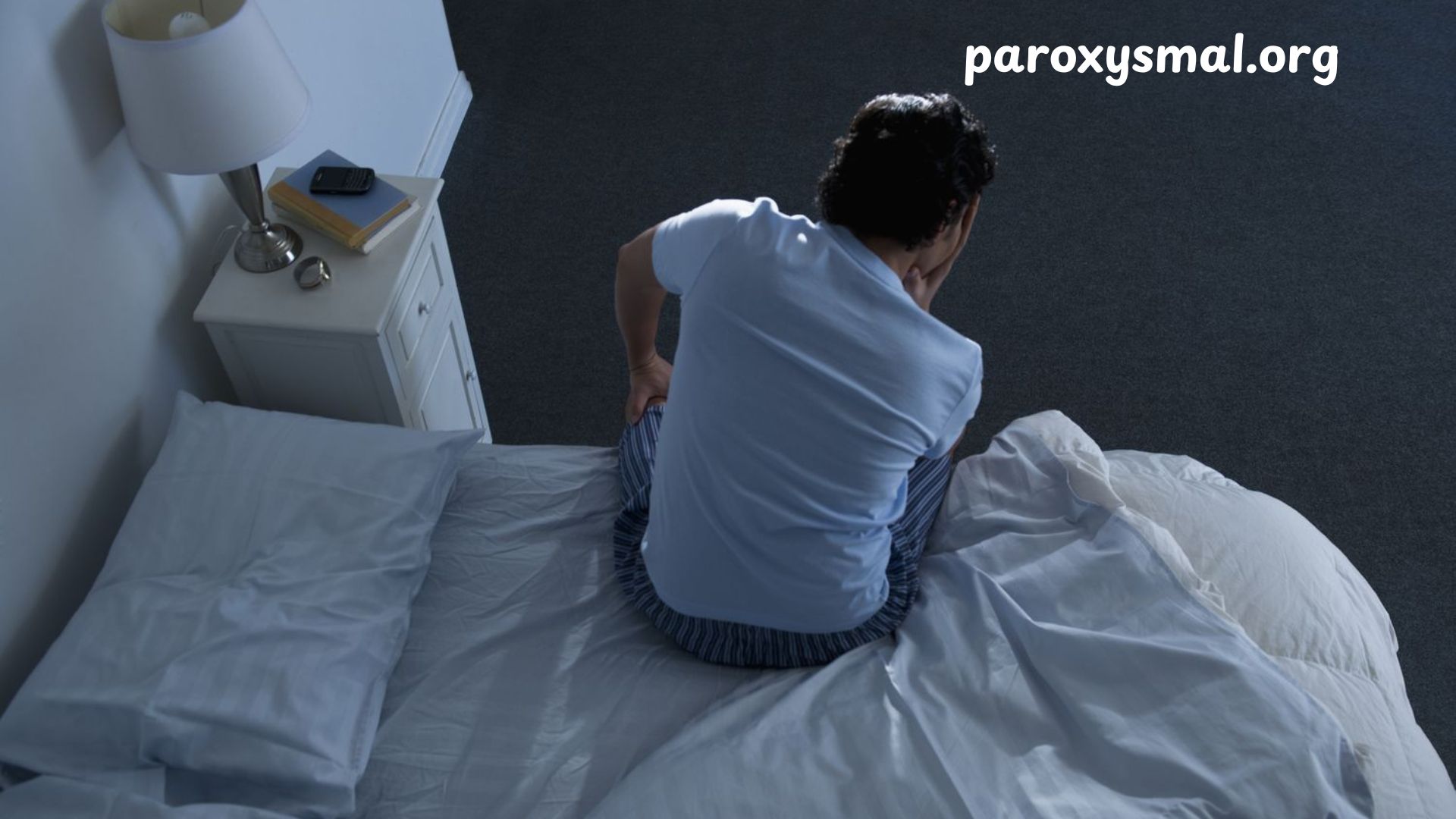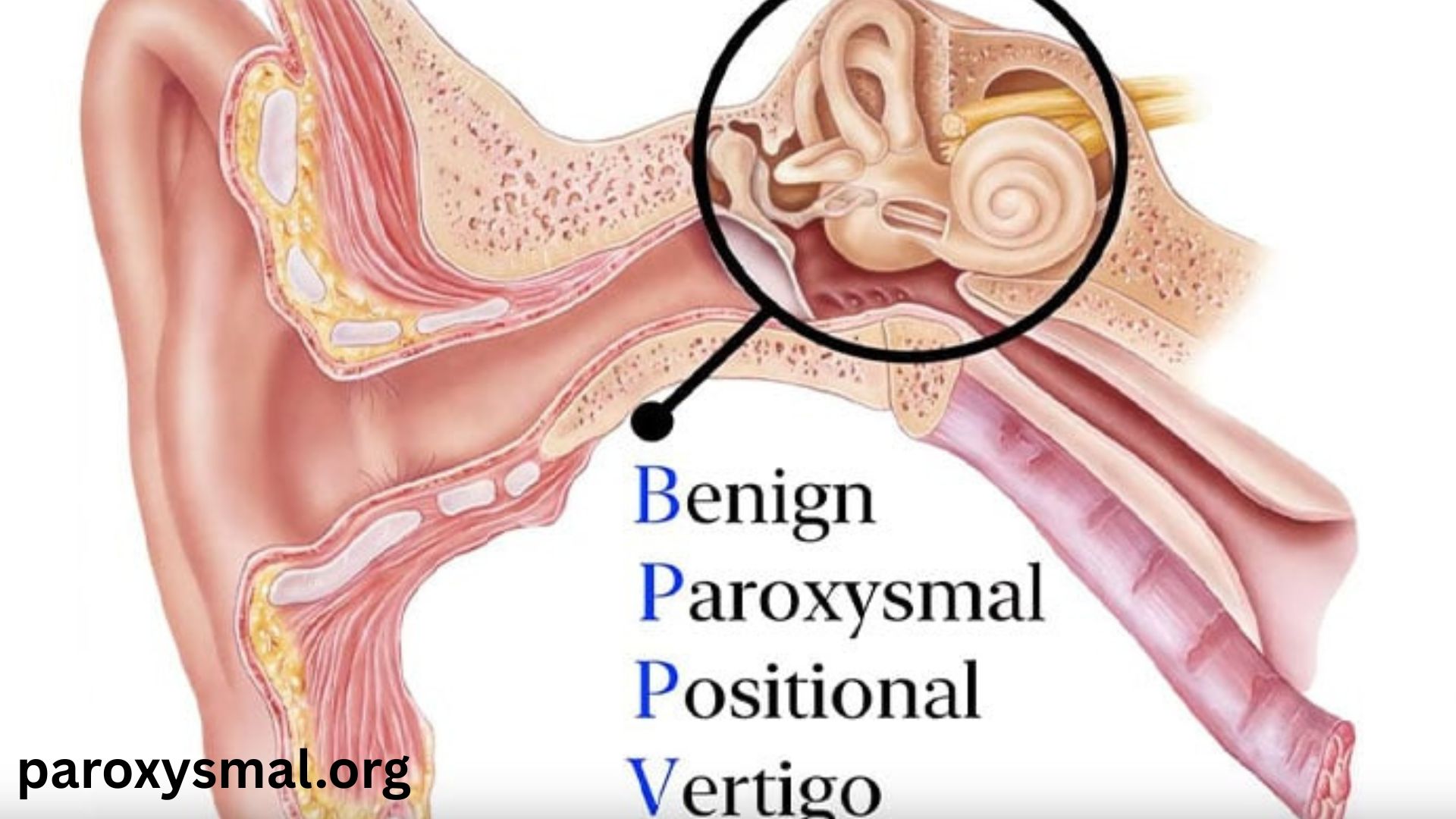Life generally is full of and it is full of events that surprise and jolt us up like the eruption of laughter, outburst of anger, or even a medical outburst. One word that captures these sudden and intense experiences is paroxysm. Though unknown in the mainstream vernacular, this word is very meaningful within language and medicine. From describing a burst of uncontrollable emotions to identifying a sudden flare-up of a health condition, paroxysm represents intensity, surprise, and disruption.
Understanding paroxysm is not just about grasping its dictionary definition—it’s about recognizing how it plays out in real life. It is used by medical professionals to refer to furious fits of coughing, epileptic fits or a sharp asthma attack. Conversely, it is exploited by writers, poets, and orators to invent a tremendous explosion of feelings or actions. The name in both worlds echoes the reality of something which comes with a vengeance, reaches its climax, and stays in the memory.
In this article, we’ll break down the meaning, types, and contexts of paroxysm, compare how it is used in different settings, explore real-world examples, and highlight why it matters for both health and human experience. You will find out that with a minimum of a word, science, literature, and everyday life cannot be related unexpectedly by the end.
Key Takeaways:
- Paroxysm refers to a sudden, intense outburst of emotion or a violent health episode.
- It also occurs in both health conversations and colloquial situations.
- Understanding paroxysm can help in health awareness, communication, and emotional literacy.
What Does Paroxysm Really Mean?
At its simplest, paroxysm means a sudden attack, fit, or violent expression of emotion. In literature, you might read about someone falling into a paroxysm of rage or laughter. In medicine, doctors describe a paroxysm of coughing during pertussis (whooping cough) or a paroxysm of chills in malaria patients.
The twofold use of the term indicates its flexibility indeed–it gives us both the physical and emotional human experience.
Everyday Examples of Paroxysm in Use:
- A comedian’s joke sends the audience into a paroxysm of laughter.
- A heated debate erupts, causing a paroxysm of anger in the room.
- A patient with asthma experiences a paroxysm of wheezing at night.
Linguists trace the word to the Greek “paroxysmos,” meaning irritation or sudden sharp fit. Such origin shows the concept of a sudden stimulus that produces an irresistible effect.
Note: Always remember that in a medical context, a paroxysm is not just an expression—it can signal an underlying condition that needs urgent attention.
Medical vs. Emotional Paroxysm: A Comparison
Paroxysm holds two main domains of usage: health and emotions. To better understand, let’s look at how the same word carries different meanings depending on context.
Table 1: Comparing Medical and Emotional Paroxysm
| Aspect | Medical Paroxysm | Emotional Paroxysm |
| Definition | Sudden physical attack or symptom flare-up | Sudden burst of emotion or behavior |
| Examples | Seizure, coughing fit, asthma attack | Laughter, rage, grief |
| Duration | Often short but intense | Often short but expressive |
| Impact | Can be life-threatening or serious | Can alter mood or social dynamics |
| Response Needed | Medical care or monitoring | Emotional regulation or social support |
ALT text: Comparison table showing medical vs. emotional paroxysm differences
This comparison shows why paroxysm matters in different disciplines. Doctors see it as a clinical sign, while writers see it as a powerful descriptive tool.
Real-Life Health Examples of Paroxysm
In healthcare, paroxysms often serve as warning signals. Recognizing them early can save lives. Let’s consider a few real-world scenarios:
- Asthma Attack: A paroxysm of wheezing may occur suddenly at night, triggered by allergens. Quick use of an inhaler can ease symptoms.
- Epileptic Seizure: Doctors describe the sudden convulsion episode as a paroxysm, marking an abnormal burst of brain activity.
- Malaria Fever: Patients experience paroxysms of chills and high fever in cycles, which are key diagnostic signs.
- Pertussis (Whooping Cough): Intense, repeated paroxysms of coughing make breathing difficult and can be dangerous, especially for children.
According to the World Health Organization (WHO), recognizing patterns of paroxysmal symptoms can be crucial for early diagnosis of conditions like malaria and epilepsy. These sudden episodes act as clues that help doctors identify and treat diseases more effectively.
Note: If you or someone around you experiences unexplained paroxysms, especially in a medical sense, seek professional evaluation rather than ignoring them.
Emotional Paroxysm in Daily Life and Literature
Beyond the hospital, paroxysm thrives in language and storytelling. Writers often use it to dramatize scenes, showing how emotions overwhelm characters. Shakespeare’s works, for example, are filled with emotional paroxysms—outbursts of grief, fury, or passion that drive the plot forward.
Examples in Daily Life:
- A bride bursting into tears during her wedding is a paroxysm of joy.
- A sports fan screaming uncontrollably when their team scores is a paroxysm of excitement.
- An argument escalating into a shouting match demonstrates a paroxysm of anger.
Why is this important? Because emotional paroxysms reveal the human capacity for intensity. They are moments when our rational guard breaks, and raw emotion surfaces.
Table 2: Common Emotional Paroxysms and Their Triggers
| Emotion | Example Trigger | Common Reaction |
| Joy | Winning a prize | Laughter, tears |
| Anger | Personal insult | Shouting, rage |
| Grief | Losing a loved one | Crying, collapse |
| Fear | Sudden danger | Screaming, trembling |
ALT text: Table comparing emotional paroxysms like joy, anger, grief, and fear with their triggers and reactions
By identifying triggers, people can better manage these intense emotional paroxysms in healthy and constructive ways.
How to Recognize and Respond to a Paroxysm
Recognizing paroxysms, whether emotional or medical, can make a real difference in outcomes.
Signs of a Medical Paroxysm:
- Sudden coughing fits or wheezing
- Convulsions or seizures
- Fever spikes with chills
- Shortness of breath
Signs of an Emotional Paroxysm:
- Sudden crying or laughing without control
- Outbursts of anger or rage
- Shaking, trembling, or screaming
How to Respond:
- Medical Case: Request assistance, adhere to medical regimes or take medicines.
- Emotional Situations: Simply show some compassion, create some distance and foster positive coping mechanisms such as breathing or professional counseling.
An expert from the American Psychological Association (APA) notes that understanding emotional paroxysms can reduce conflict and improve communication in relationships. Similarly, the National Institutes of Health (NIH) stresses that timely recognition of medical paroxysms can lead to faster intervention and recovery.
Conclusion
Paroxysm is more than just an old-fashioned word—it captures the essence of sudden, powerful, and often overwhelming moments. From the medical field to everyday life, paroxysms remind us how fragile and intense human experiences can be. Whether it’s the violent paroxysm of a seizure or the joyous paroxysm of laughter, the word teaches us about the extremes of both body and mind. It demands moderation, sympathy and readiness to respond to spurts, both emotional and physical.
FAQs
Q1: What does paroxysm mean in simple words?
A: It means a sudden, intense burst of emotion or a violent health episode.
Q2: Can paroxysm be life-threatening?
A: Yes, medical paroxysms like seizures or asthma attacks can be dangerous and need urgent care.
Q3: How is paroxysm used in literature?
A: Writers use it to describe sudden emotional outbursts such as rage, joy, or grief.
Q4: What diseases often involve paroxysm?
A: Conditions like asthma, malaria, epilepsy, and whooping cough are linked to paroxysmal episodes.
Q5: How can I handle an emotional paroxysm?
A: Practice calming techniques, seek support, and if needed, talk to a mental health professional.



